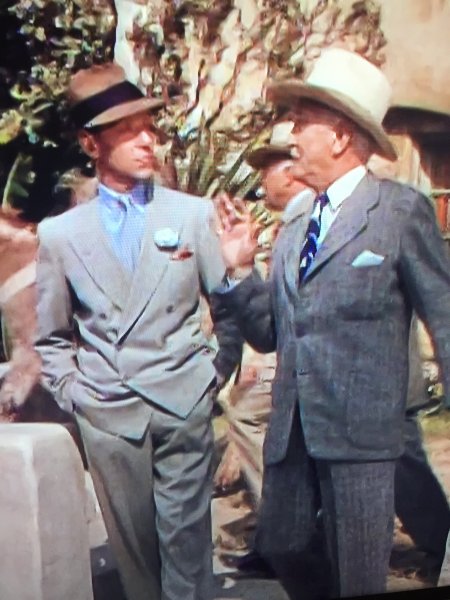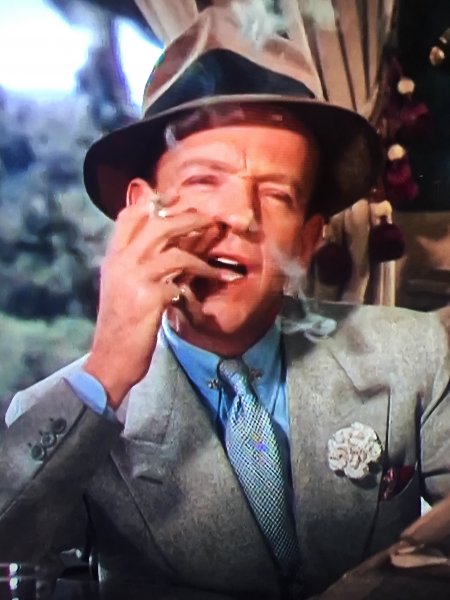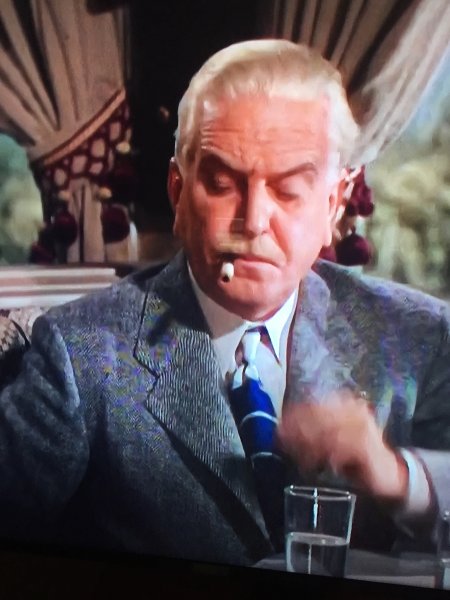Flanderian
Practically Family
- Messages
- 833
- Location
- Flanders, NJ, USA
Outstanding suit, but the illustrator lost control of scale as the child shrunk to the size of the man's arm - no wonder he didn't sign it.
View attachment 258010
Uh-huh.
View attachment 258011
The Gentleman in the center is very 1930s movie gangster chic.
View attachment 258014
I couldn't find a signature of an illustrator for the top illustration, but as I mentioned, more than a few were self taught. C. F. Peters was primarily a cartoonist by profession. And others, notably including Fellows, often exaggerated proportion and scale for effect. Could be Oxner, Goodman or even Fellows' work, though he seemed to signing all of his by this time.
The second accords with Mr. Fellows' interests.
And darn well dressed gangsters they were! What I'm most surprised by in these Lord & Taylor illustrations, is that while fashions changed, 60 years later, the style of their illustrations were still almost identical.





